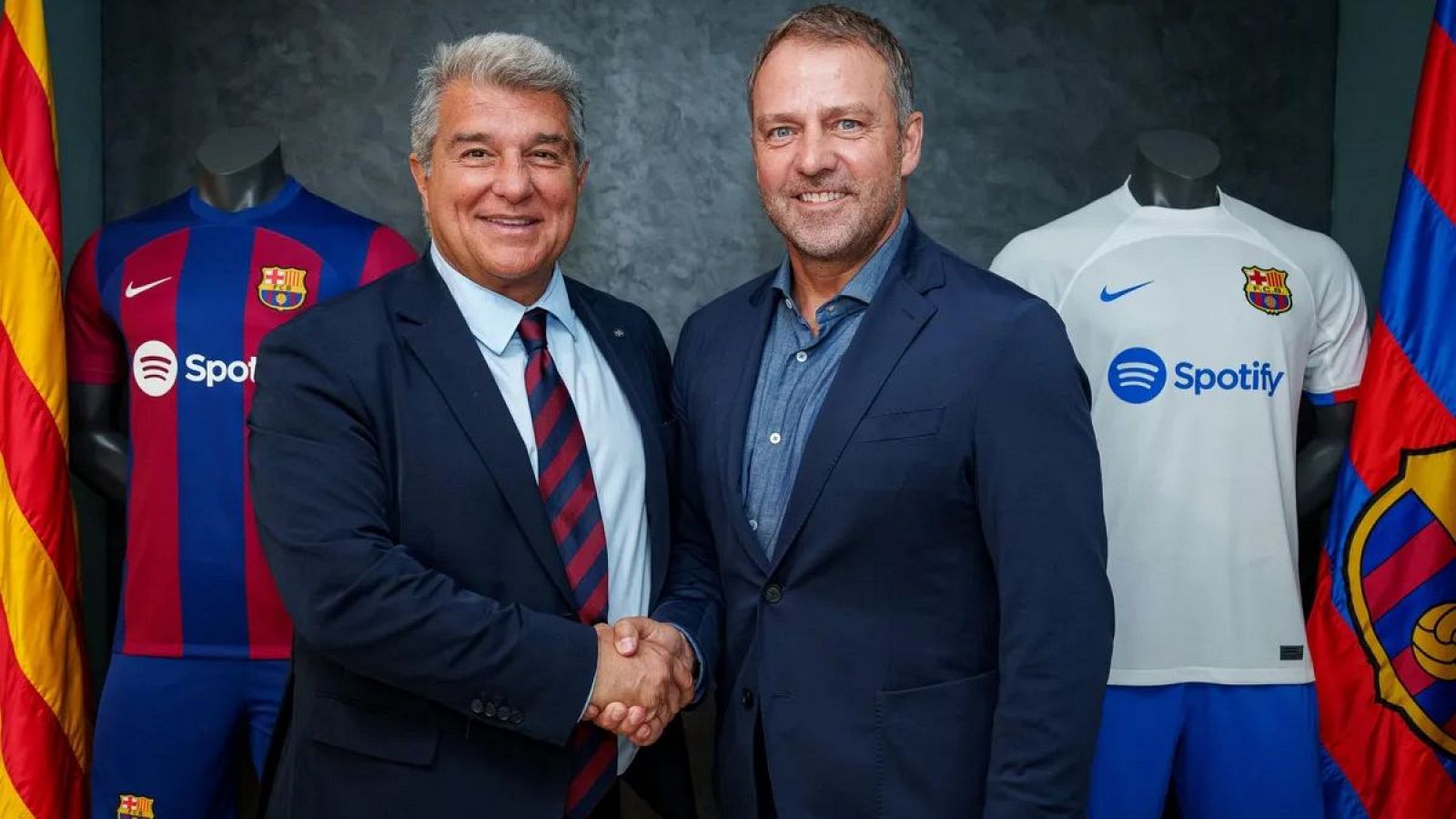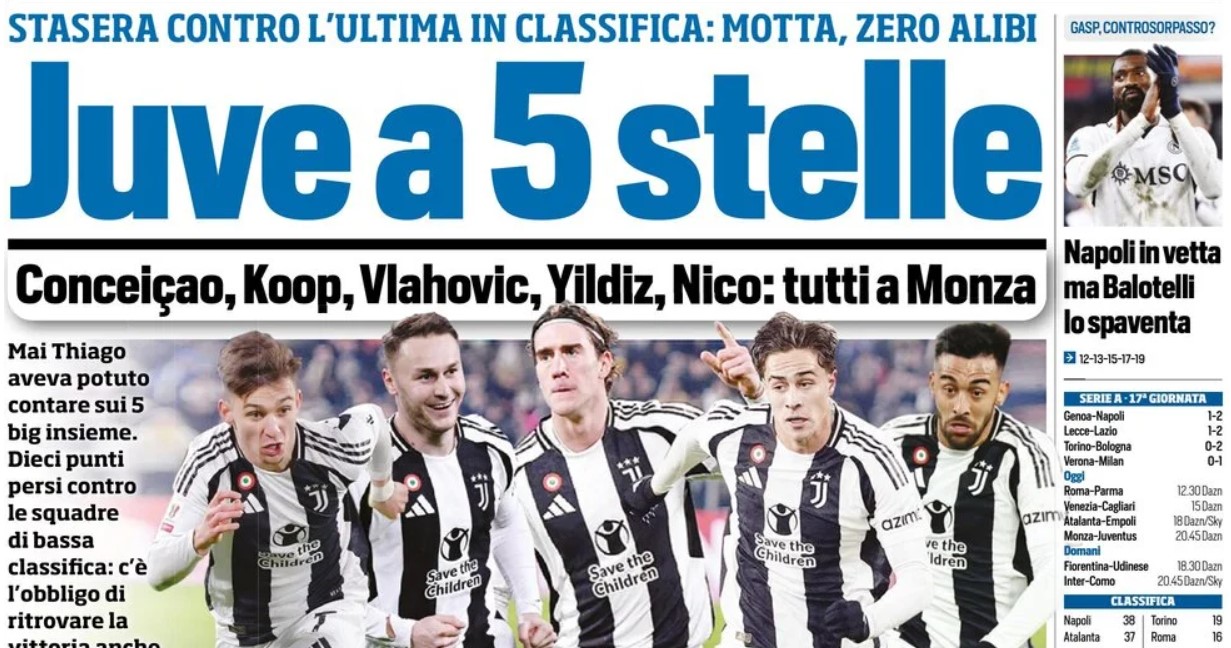Sports
Mauricio Pochettino’s first USMNT roster speaks to central tension of his 2026 project
Mauricio Pochettino’s first U.S. men’s national team roster is a window into the central tension of his USMNT project.
U.S. Soccer revealed the roster Wednesday morning. It features a few semi-fresh faces, but no true surprises. It is not the overhaul that some hoped for or expected.
The group of 25 players who’ll meet Panama and Mexico in friendlies this month is, instead, a near-replica of the group that crashed out of the 2024 Copa América, save for some injuries and adjustments on the margins.
Of the 26 players picked by previous coach Gregg Berhalter for the Copa, 19 are in Pochettino’s first squad; and four others — Tyler Adams, Gio Reyna, Chris Richards and Cameron Carter-Vickers — surely would have been if healthy.
USMNT roster for October friendlies
The only notable inclusions are goalkeeper Zack Steffen, who was once the U.S. No. 1 but has not played for the national team since March 2022; midfielder Gianluca Busio, who has been on the fringes of the roster since 2021; and Marlon Fossey and Aidan Morris, who were both with the USMNT last month under interim coach Mikey Varas.
The only notable exclusion is Luca de la Torre, who has not played at all this season for his Spanish club, Celta Vigo.
The full roster is below.
Goalkeepers (4): Ethan Horvath (Cardiff City), Patrick Schulte (Columbus Crew), Zack Steffen (Colorado Rapids), Matt Turner (Crystal Palace)
Defenders (8): Marlon Fossey (Standard Liege), Kristoffer Lund (Palermo), Mark McKenzie (Toulouse), Tim Ream (Charlotte FC), Antonee Robinson (Fulham), Miles Robinson (FC Cincinnati), Joe Scally (Borussia Monchengladbach), Auston Trusty (Celtic)
Midfielders (7): Brenden Aaronson (Leeds United), Gianluca Busio (Venezia), Johnny Cardoso (Real Betis), Weston McKennie (Juventus), Aidan Morris (Middlesbrough), Yunus Musah (AC Milan), Malik Tillman (PSV Eindhoven)
Forwards (6): Folarin Balogun (Monaco), Ricardo Pepi (PSV Eindhoven), Christian Pulisic (AC Milan), Josh Sargent (Norwich City), Timothy Weah (Juventus), Haji Wright (Coventry City)
Pochettino’s challenge
Pochettino was hired last month to shake up the USMNT. He was handed a hefty salary — reportedly around $6 million per year, far more than U.S. Soccer has ever paid any coach — to supercharge a stalling program, to elevate it beyond its middling norm. And in soccer, the best way to do that is typically to shake up the squad and the starting 11. It’s to pick different players.
At clubs, in the past, Pochettino could sign them. At Tottenham, within two years, more than half of the players he inherited were gone and replaced.
Now, with the U.S. national team, he can pick from a vast pool of eligible players. He could, in theory, discard the ones who’ve grown too comfortable in their USMNT roles, and the ones who aren’t performing at their clubs. He could cast the proverbial wide net in search of replacements.
At his introductory news conference, Pochettino hinted at this. He promised that the “door” was “open” to all American players. “If they perform, we are going to be there watching,” he said.
The supposition, at least among fans, was that he’d use his first few camps to unearth some previously overlooked talent.
His challenge, though, and the central tension of his early months, is that these camps are also valuable for another reason. They’re a first and fleeting chance to actually work with the players who’ll drive the USMNT at the 2026 World Cup. And the vast majority of those players, at this point, do not need unearthing.
They’re Christian Pulisic and Weston McKennie, Adams and Reyna, Tim Weah and Antonee Robinson, Folarin Balogun and Sergiño Dest and Richards.
They’re the core group that went to Qatar in 2022, and made every roster thereafter, when healthy. By 2023 and 2024, they were, pretty clearly, the best that the U.S. has to offer.
The question, then, was whether Pochettino agreed, and what he would prioritize.
Would he use these camps to challenge the incumbents, and call in players who could displace them?
Or would he use the camps to begin implementing his system, and instilling his principles and values, and building relationships with the core group that will, in all likelihood, still be the core group come 2026?
His first roster — the first of less than 10 between now and the World Cup — suggests that his answer is the latter. There is no time for left-field experiments, no time for net-casting. The core is the core. Pochettino will have a few dozen legitimate training sessions, and around two dozen games, to maximize it.
“What we want to feel from [the players] is their commitment, their personality, their character, their capacity to adapt to a new era, a new way to approach the games,” Pochettino said Wednesday. “And I think that is going to be the key: the capacity for them to think in the collective, to give everything to try to be better like a national team.”










